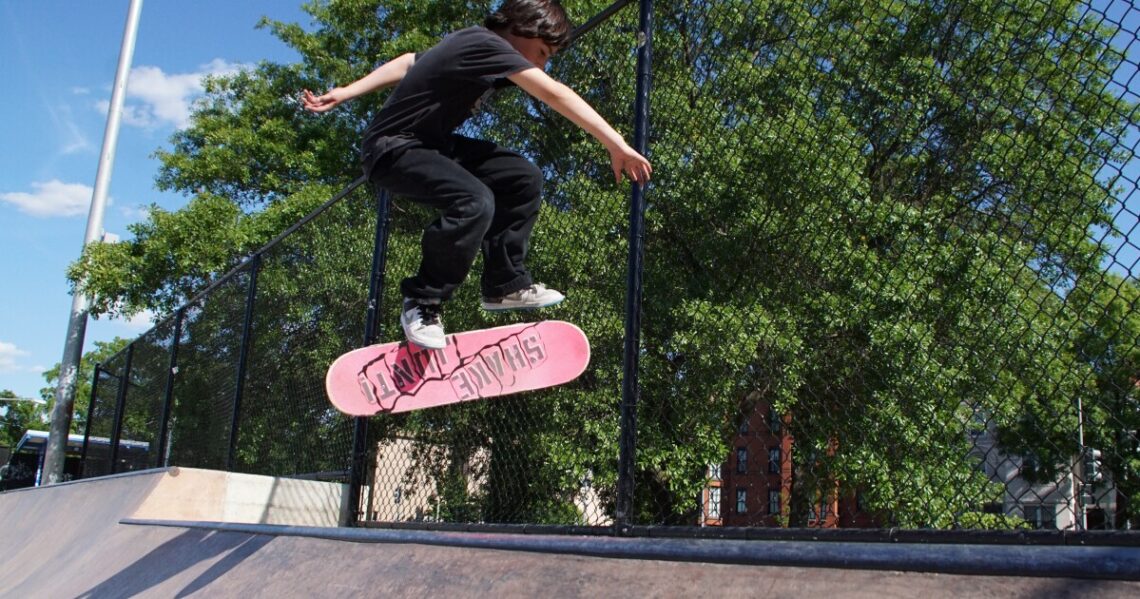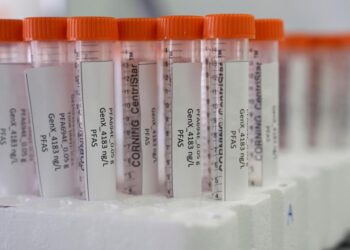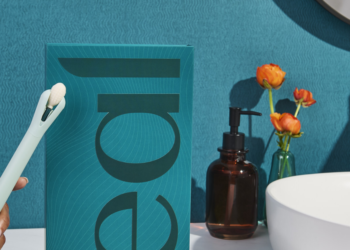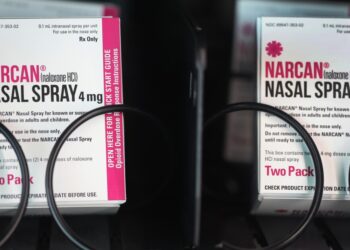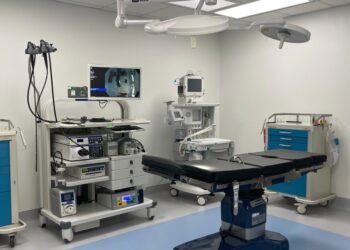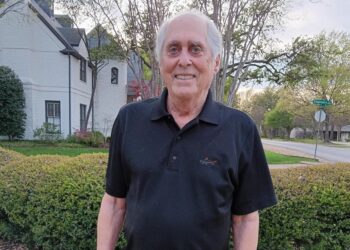For the parents of a teenager, adolescence can be a challenging time. But to a brain scientist, it’s a marvel.
“I want people to understand that adolescence is not a disease, that adolescence is an amazing time of development,” says Beatriz Luna, professor of psychiatry and pediatrics at the University of Pittsburgh.
That development is on display most afternoons at the Shaw Skatepark in Washington, D.C. It’s a public site, filled with teens hanging out, taking risks, and learning new skills at a rapid pace.
“When you’re younger, your mind is more open, and you’re more creative, and nothing matters,” says Leo De Leon, 13. “So you’ll really try anything.”
Leo has been skateboarding since he was 10. But getting the nerve to try a skate park for the first time was “kind of scary,” he says. “I fell a lot when I first started. And I got hurt a lot.”
Leo also got better — quickly. And when he’d mastered one trick, he’d push himself to learn a new one, despite the risks.
“I was trying to ollie up something, and then I clipped it and my board went up and it hit me in my mouth,” he says, “so now I have this scar.”
Leo’s also broken his arm and his elbows are a mess. But the payoff is, he can do things now like jump the flight of five stairs on the other side of the park.
“I kickflipped that one,” he says. “It’s on my Instagram.”
Leo’s persistence and tolerance for scars, broken bones and…
Read the full article here

